Invasive and Non-Invasive Medical Equipment
Browse through our wide selection of high quality Invasive and Non-Invasive Medical Equipment
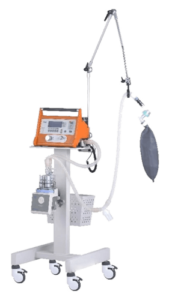
Mechanical Ventilator ACM812A
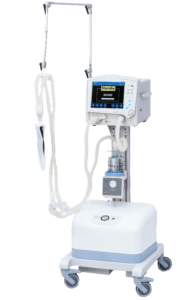
Mechanical Ventilator Eternity SH300
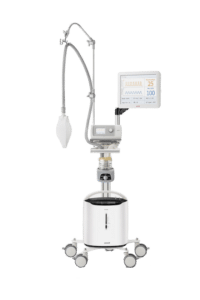
Ventilation Device YH-830 Bi-level positive airway pressure unit
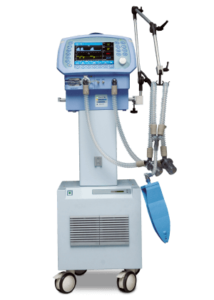
Mechanical Ventilator Biyovent
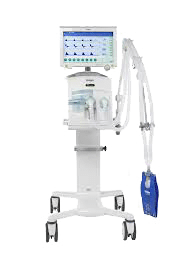
Mechanical Ventilator Evita V300
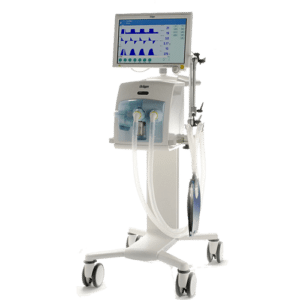
Mechanical Ventilator Evita Infinity V500
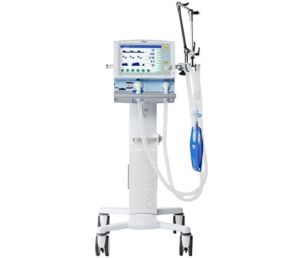
Mechanical Ventilator Savina 300 Classic
Q&A
Ventilators are machines that are used to either encourage or replace the regular respiratory process of a patient. They are used to treat various respiratory conditions or assist patients with breathing during medical procedures and recovery. The workings of a ventilator come down to oxygenation which is the delivery of oxygen into the patient’s lungs, and ventilation which is the removal of carbon dioxide from the lungs.
It depends both on a condition and its severity. For example, when it comes to COVID-19 patients with breathing problems some need to be connected to a ventilator for a few hours, while others need to stay on it for several weeks.
When we say ‘mechanical ventilation’ we mean the process of delivering breaths via a mechanical ventilator. Ventilators are machines that are used to either encourage or replace the regular respiratory process of a patient. They are used to treat various respiratory conditions or assist patients with breathing during medical procedures and recovery.
The ventilator delivers breaths to a patient and reduces the levels of carbon dioxide in their lungs non-invasively or invasively. If the ventilator works non-invasively, that means that it delivers air through a face mask, a nasal mask, or a helmet. Otherwise the breath is delivered after a patient has been intubated (with the use of an endotracheal or tracheostomy tube).
Using pressure, the ventilator assists a patient with breathing, and depending on the patient’s condition different modes are used. The modes of a ventilator are usually fixed and various factors (like volume of air delivered, or at which intervals) are considered when choosing a specific mode.
Yes. CPAP ventilation devices can only be used with a breathing mask (nasal, oral, or naso-oral mask).
Yes. CPAP devices are mechanical ventilation devices.
CPAP (Continuous Positive Airway Pressure) mode provides a constant flow of higher-than-ambient pressure in order to help a person to breathe by keeping their alveoli open.
No. Although CPAP machines are considered a mechanical ventilation device, they are not a ventilator since they deliver air only during inhalation.
BiPAP ventilator is a form of non-invasive ventilation devices. They provide positively pressured air during both inhalation and exhalation.
Basically, yes, although a BIPAP device could be seen as an extremely simplified version of a ventilator. Many ventilators have BIPAP ventilation as one of the modes offered, and while a BIPAP unit can only provide non-invasive treatment, a ventilator could be adjusted to be both invasive and non-invasive.